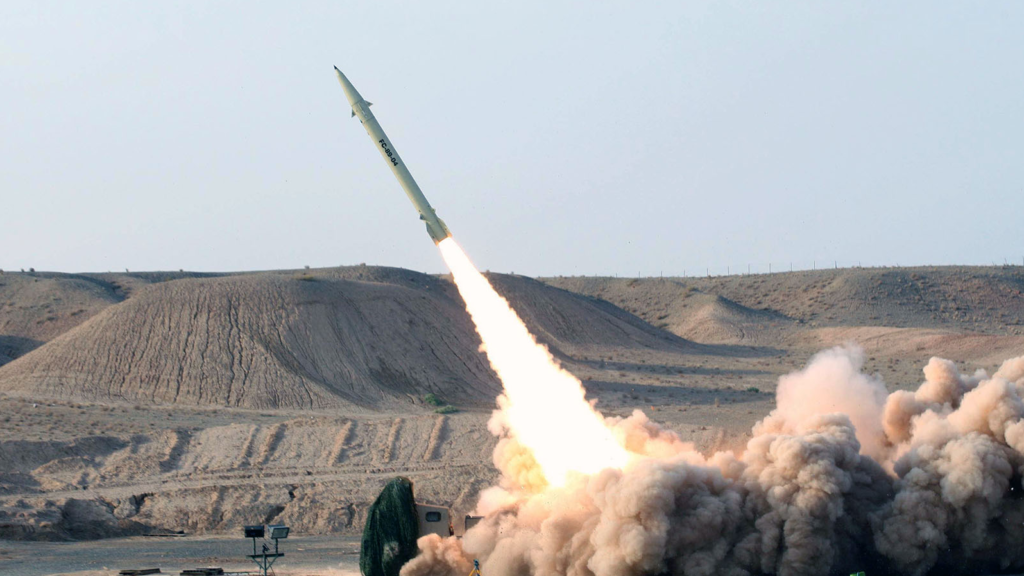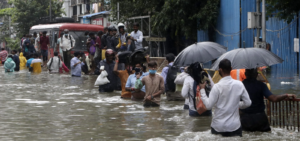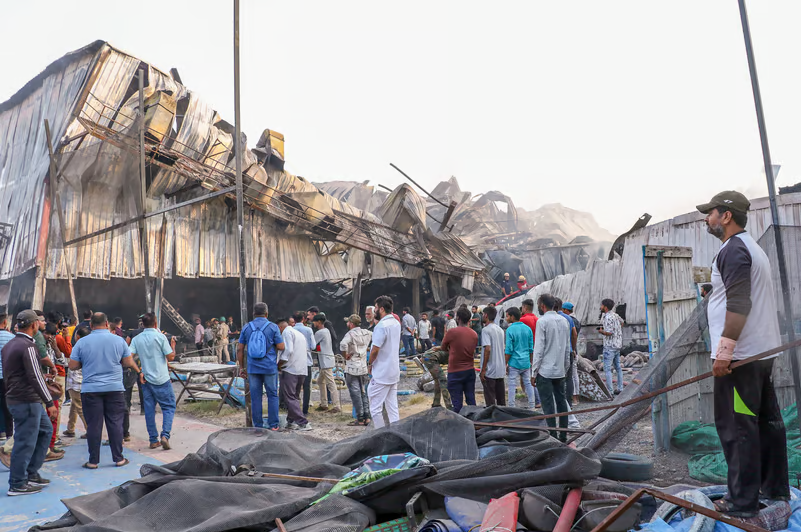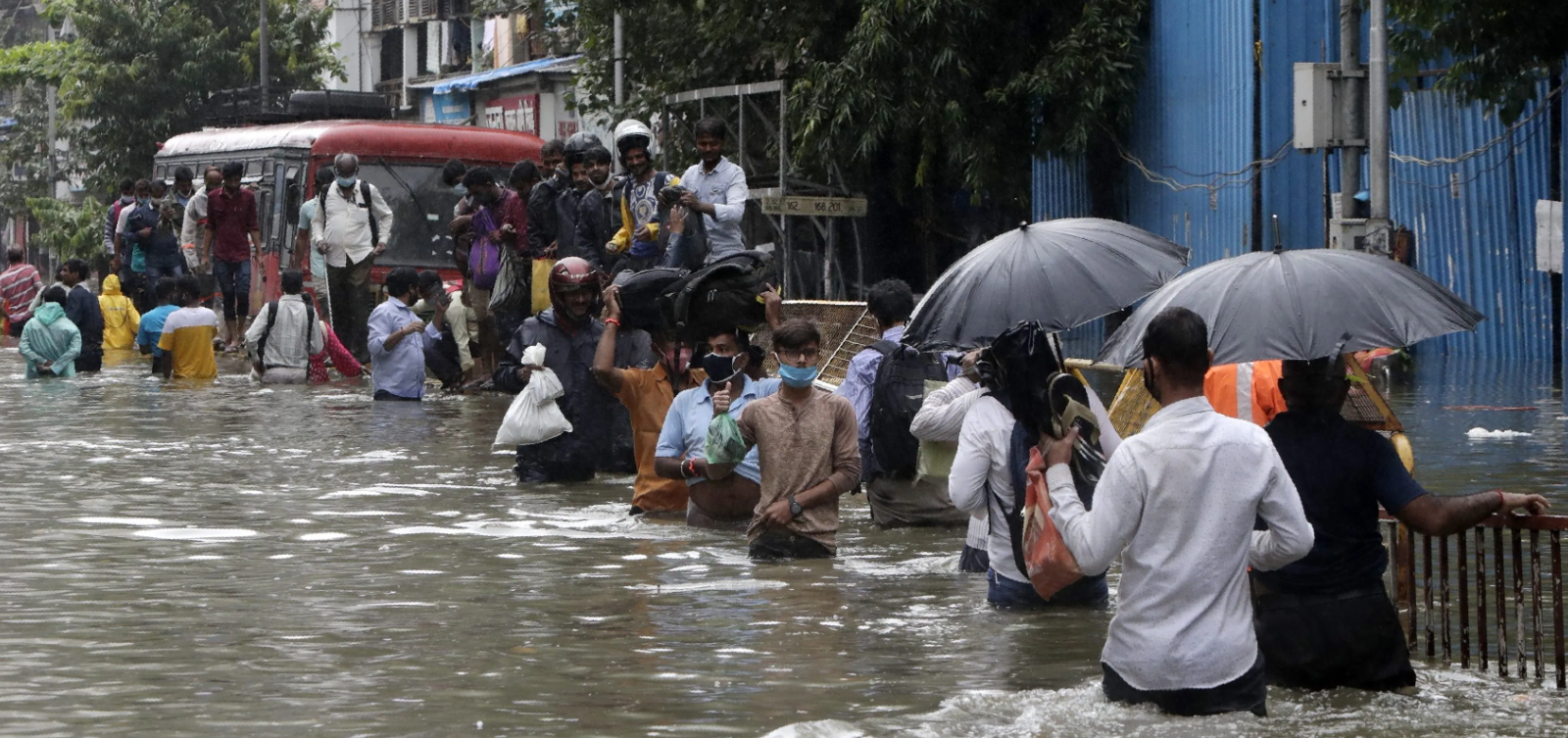In a provocative move, North Korea launched a ballistic missile into the Sea of Japan, also known as the East Sea, on Tuesday. The South Korean military’s Joint Chiefs of Staff confirmed the missile launch, raising regional tensions and drawing international concern.
Key Details:
- Launch Location: The missile was fired from Pyongyang, the capital of North Korea.
- Flight Path: The missile traveled approximately 600 kilometers (about 373 miles) before splashing down in the sea.
- Response: Japan’s coast guard reported that the apparent missile had already fallen into the water.
- Escalating Tensions: This incident comes less than two weeks after North Korea’s state media announced that leader Kim Jong Un had overseen a successful test of a solid-fuel engine for a “new-type intermediate-range hypersonic missile”.
- Previous Tests: This marks the third ballistic missile test conducted by North Korea this year. In March, Kim Jong Un supervised a solid-fuel missile test, and in January, another missile was equipped with a maneuverable hypersonic warhead.
- Solid-Fuel Technology: North Korea has been advancing its missile capabilities, including the development of solid-fuel missiles. Unlike liquid-fueled missiles, solid-fuel missiles do not require fueling before launch, making them harder to detect and quicker to deploy.
- Regional Concerns: The launch has raised concerns among neighboring countries. Japan, South Korea, and the United States are closely monitoring the situation and coordinating security efforts.
International Response:
- Japan: The Japanese government stated that it “appeared” North Korea had fired the missile, emphasizing the need for vigilance.
- South Korea: Seoul views this latest missile test as a threat to regional stability and is closely collaborating with its allies.
- United States: The U.S. administration continues to closely monitor North Korea’s actions and reaffirms its commitment to regional security.
Heightened Tensions:
North Korea’s recent actions have escalated tensions in the region. The country has declared South Korea its “principal enemy” and has taken aggressive steps, including dismantling agencies dedicated to reunification and outreach. The international community remains on edge as North Korea continues to assert its nuclear capabilities.
Note: This article is based on information from the South Korean military and other reliable sources3.
Stay tuned for further updates as the situation unfolds.






































